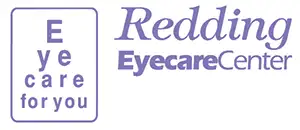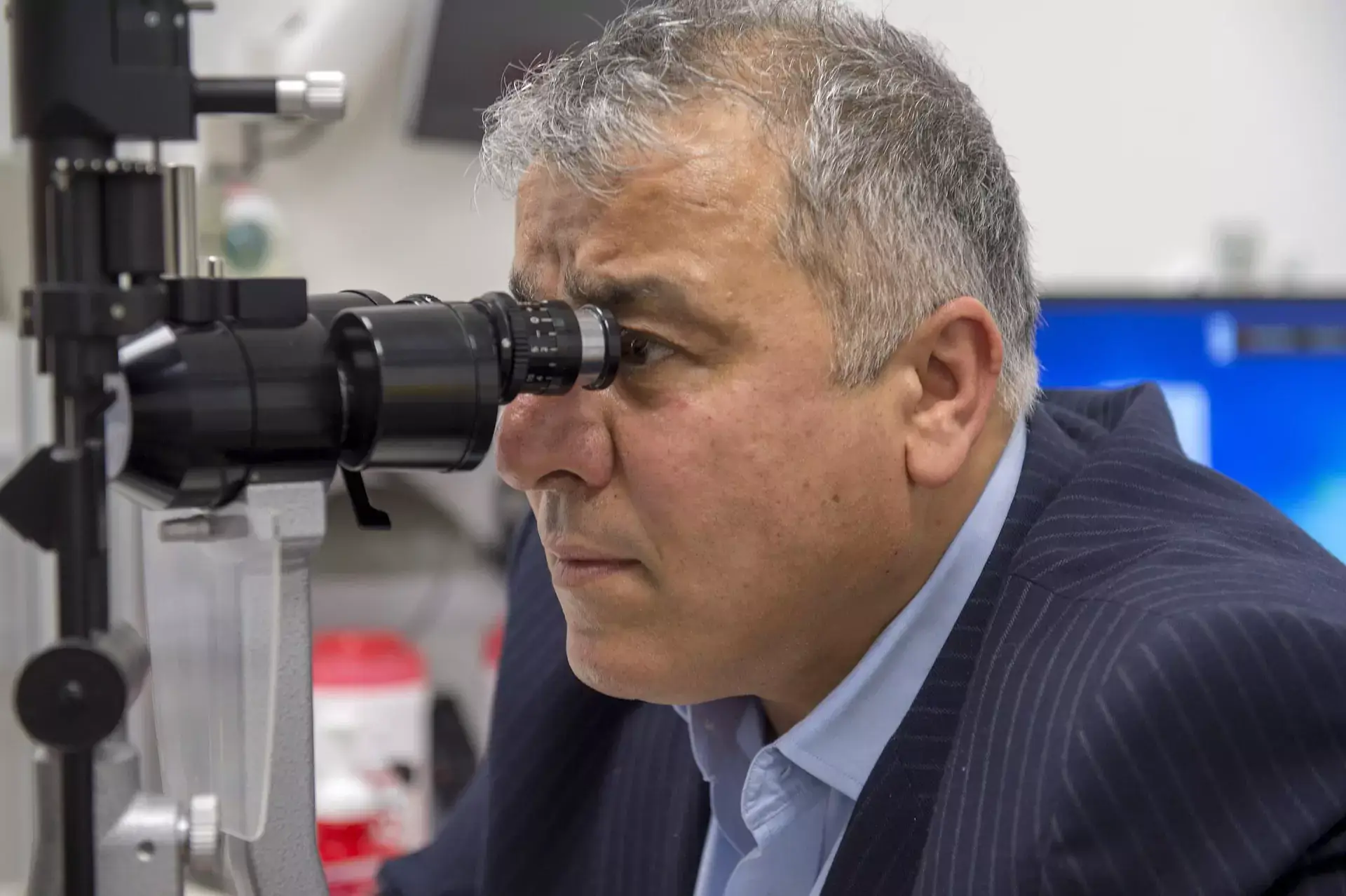Things To Ask Your Eye Doctor
Do you have an appointment scheduled at our vision care center? Are you overdue to have your eyes examined? Having your eyes examined regularly is crucial for preserving your vision. Even if you aren’t experiencing any symptoms, it’s important to have your eyes thoroughly checked regularly. This is also a great opportunity for you to learn more about your eyes and what you can do to keep them healthy. Read on as a local Redding CA optometrist suggests some things you may want to ask your optometrist at your next appointment.
What Tests Are You Doing?
Your eye doctor will likely have a discussion with you before beginning tests. You may talk about your eye health, medical history, medications, risk factors, and any symptoms you are experiencing. If you have vision wear, you may also discuss how your current products are working for you.
Your optometrist will likely run through several standard tests and evaluations.
Here are a few of the key ones:
Visual Acuity
This test measures each eye, and tracks the clarity of each eye. This is typically done using the standard eye charts. Based on the results, your vision will be rated as a fraction. The ideal, of course, would be 20/20.
In case you were curious about how this rating system works, the top number is the distance from which the test is done. The standard is 20 feet. The bottom number is the smallest font size you could read. So, as an example, someone with 20/30 vision needs to get to 20 feet to see something that should be clearly visible at 30 feet.
Keratometry/topography
This is a topographical test that measures the curvature of the eye’s cornea. This is crucial for measuring the eye for contact lens fit.
Refraction
Refraction tests evaluate how the eye focuses light. These tests help pinpoint which specific lens would work best for vision correction, typically by comparing various ones. Eye drops may also be used. Unlike many tests, input from the patient is often taken into account.
Eye Health Evaluation
Your eye doctor will also assess the overall health of your eye. Eye drops may be utilized to prompt dilation and widen the pupil, so your eye doctor can see the inner makeup of your eye.
Other tests and measurements may be done to assess the following:
- Depth Perception
- Eye Muscle Motion
- Side (Peripheral) Vision
- Pupil Dilation
- Eye focusing
- Eye teaming
- Eye movement testing
- Eye Pressure
Your Redding CA eye doctor will be able to go over the results with you once tests have been completed.
How Do I Improve My Overall Eye Health?
Everyone is different, so some of the answers to this one may depend on your specific health and eye conditions. That said, there are definitely some general pieces of advice that we can offer on this.
Wear Sunglasses: One of the simplest ways to preserve your vision is also one of the most effective. If you need vision correction, it’s worth your while to look into prescription sunglasses. Even if you are just going with regular store-bought lenses, it’s important to make sure that you are getting those that offer full UVA protection.
Eat Well: When it comes to eye health, it probably won’t be a huge surprise to find that your best options are going to more or less mimic those vibrant hues your peepers can pick up. Opt for a diet that includes lots of brightly-colored fruits and veggies, such as carrots, blueberries, and avocado, as well as healthy fats and protein.
Use Safety Precautions: You only get one pair of eyes, so it is definitely worth your while to keep them healthy. Simply following basic safety rules can go a long way here. Use goggles when working around tools, chemicals, or other hazards.
Don’t Ignore Symptoms: One thing that many people don’t realize about eye stuff is the fact that many conditions do not become symptomatic until things have progressed quite far. Glaucoma is a good example of that. If you notice anything out of the ordinary, make an appointment with your optometrist right away.
Some things to watch for include the following:
- Light sensitivity
- Double vision
- Blurred vision
- Flashes of light
- Floater
- Headache
- Night blindness
- Red eye
- Vision loss
- Distorted vision
- Eye pain
- Halos around lights
- Excessive tearing
- Puffy eyes
- Crossed eyes
- Change in iris color
- Droopy eyelid
- Dry eyes
- Spots in your field of vision
- Burning eyes
- Dry eyes
- Itching
- Fading of colors
- Loss of peripheral vision
These things can be indicative of many serious eye conditions. If you notice any of them, contact your eye doctor right away. Some symptoms, such as sudden onset of double vision and/or eye pain, can be indicative of serious medical issues, and would necessitate a visit to the ER.
Keep Up With Eye Exams: We really can’t overstate the importance of simply staying up to date with regular exams. How often you need to come in will depend on your overall vision, eye health, risk factors, and age. Follow your Redding CA optometrist’s recommendations.
What Is My Risk Of Eye Disease?
Many factors can come into play when determining someone’s risk of one or many specific conditions. Some of these include things that cannot be controlled, such as age, race, and eye shape.
Here are a few of the things that will come into play:
- Age
- Family history
- Race
- Smoking
- Obesity
- Diabetes
- High blood pressure
- Cholesterol
- Poor diet
- Medications
- Premature birth
- Neurodevelopmental disorders
- Occupational exposure
- Excessive sun exposure
- Corticosteroid use
If you have any of these risk factors, talk to your Palo Cedro CA eye doctor.
How Will My Condition Progress?
It can be upsetting and scary to be diagnosed with any eye issue or condition. Whether it’s something that is quite common, such as astigmatism or cataract, or something more complex, such as glaucoma, it’s important to know what to expect. If you have an eye condition, or perhaps are just noticing age-related changes, it’s important to know what to expect. This also will help you be on the lookout for signs that things have begun to get worse.
Do I Need Glasses Or Contacts?
In some cases, there is no question that someone needs vision correction. However, there are also plenty of gray zone patients, folks who maybe might want glasses for reading or driving, but don’t need to wear them all the time. Make sure that you are clear on your vision ratings and your overall eye health and conditions.
What Type Of Contacts Can I Wear?
Choosing the right contacts can be a bit tricky. There are several types of contacts available today, including soft contact lenses, rigid gas permeable (rgp) contact lenses, toric contact lenses, multifocal/bifocal contact lenses, disposable contact lenses, and extended-wear contact lenses. All have their own pros and cons. If you get disposables, you also have options with the time frame that you can wear them.
Make An Appointment At Our Bella Vista CA Vision Care Center
Do you need to come in for an eye exam? Do you need new glasses? Contact us, your local Redding CA vision care center, anytime. We are happy to help!




